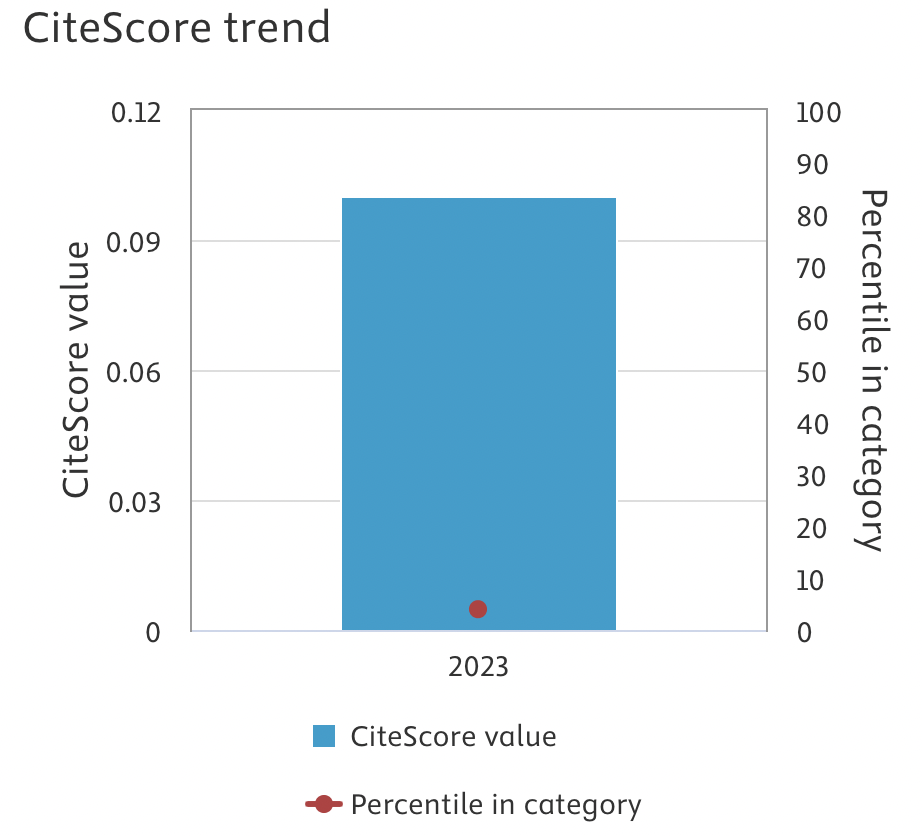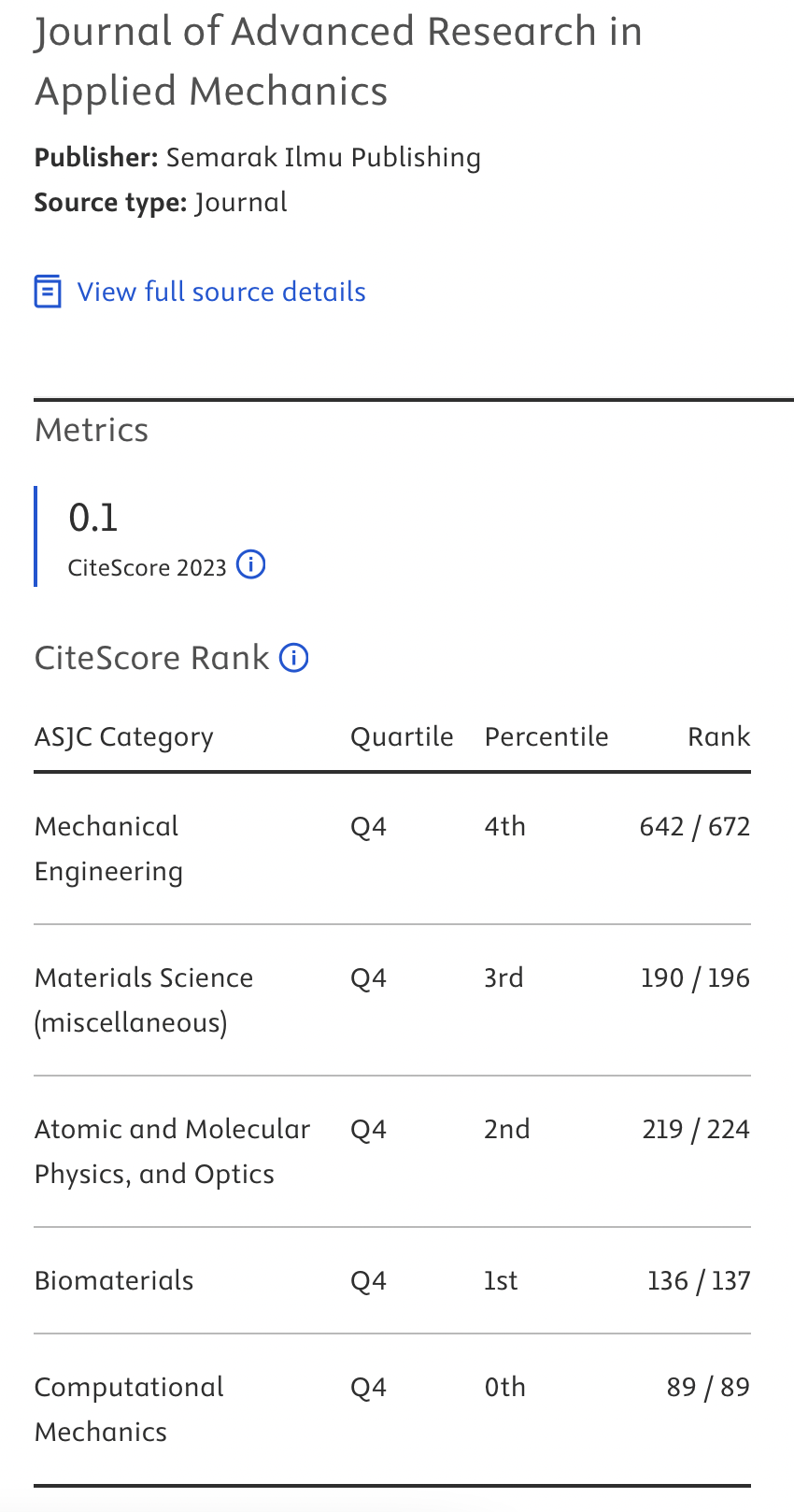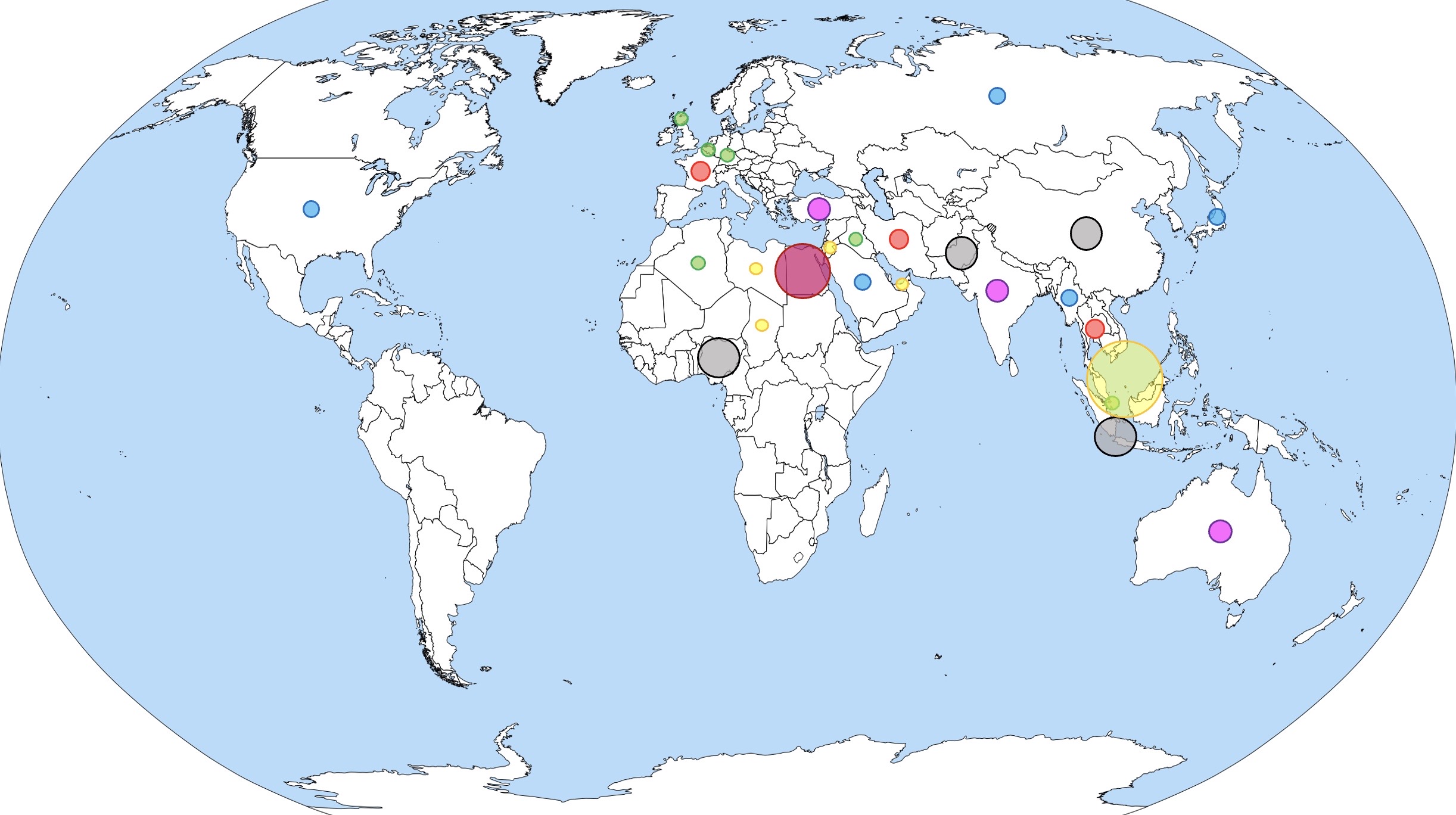Predicting Embedded Crack Growth Behaviour using S-version Finite Element Method of AlSi10Mg Material
DOI:
https://doi.org/10.37934/aram.130.1.3853Keywords:
Embedded crack, metallic additive manufacturing, AlSi10Mg, computational fracture mechanicsAbstract
Cracks in materials may propagate at random behaviour and speed, eventually leading to catastrophic failure. For the characteristic of an embedded crack can be predicted using fracture mechanics. In this research, we employed an S-version finite element method (S-version FEM) to model and predict the crack growth behaviour of AlSi10Mg material produced using the powder-bed laser-fused method. The S-version FEM utilizes the mesh superimposed technique with a global-local mesh applied to the model. The simulation results computed the crack behaviour based on Paris' law approach, considering the stress intensity factor (SIF). Subsequently, the SIF results were evaluated using the virtual crack closure method (VCCM). A three-dimensional embedded crack was modelled within the local mesh. In order to anticipate how AlSi10Mg behaves when it undergoes crack propagation, the S-version FEM analysis was simulated for three different aspect ratios upon to the initial crack sizes. Then, the SIF results compared to an analytical solution. The embedded crack growth behaviour exhibited a significant level of agreement and accuracy, with observed that is a highly precise root mean square error (RMSE) value of 0.01 for an aspect ratio of 1.0. Meanwhile, the remaining values were 0.368 and 0.321 for 0.5 and 2.0 aspect ratios, respectively. Hence, the S-version FEM approach was thus highly successful in accurately determining the growth behaviour of embedded crack.
Downloads



























